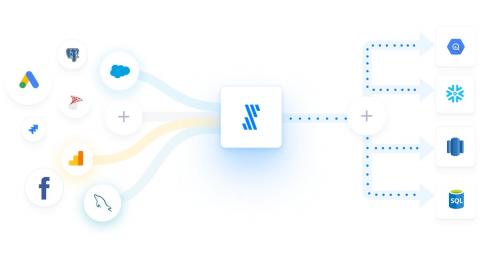5 Ways to Process Small Data with Hadoop
From system logs to web scraping, there are many good reasons why you might have extremely large numbers of small data files at hand. But how can you efficiently process and analyze these files to uncover the hidden insights that they contain? You might think that you could process these small data files using a solution like Apache Hadoop, which has been specifically designed for handling large datasets.








